A Napoli l’esperienza esta(e)tica del Maestro Louis Siciliano
Gli antichi testi sapienziali affermano che la Creazione avviene per divisione. Uranos viene separato da Gea. Da quel momento, misteriosamente, è la vibrazione del suono primordiale a generare la luce che illumina la realtà in cui viviamo.
Sir Louis Siciliano, uno dei più grandi compositori viventi, ha compiuto qui il “miracolo della cosa una”: ha riunito questi due emisferi separati fin dall’origine del mondo: suono e luce; tempo e spazio. Li ha rilegati in un’unica materia viva che, generosamente, dona ora alla città di Napoli.
Nasce Orós (che in base all’etimo più autentico contiene in sé sia la dimensione della luce che quella del suono): l’installazione sonora presentata all’interno di Euploia -la buona navigazione-, il percorso artistico varato dal Comune di Napoli, con la Soprintendenza, le Belle Arti, l’Università e altre realtà del territorio, e aperto al pubblico in concomitanza con l’inaugurazione del rinnovato ascensore sul Monte Echia, dove i greci cumani fondarono l’antica Parthenope.

Nella sua opera, il Maestro Siciliano esplora i rapporti pitagorici che intercorrono tra gli accordi nei diversi strumenti a fiato della tradizione occidentale (fiato come pneuma, spirito). Le melodie, inoltre, vengono impastate con i suoni naturali come il vento e l’acqua; il tutto cadenzato dalla voce ipnotica della performer Mary Zygouri che legge in greco antico alcuni frammenti tratti dai sette saggi di Delfi.
Ma questa è solo una parte dell’opera. Ve n’è un’altra, di pari dignità, che viene “suonata” naturalmente dai visitatori. Attraversando lo spazio, ognuno infatti lo riempie con il proprio suono esistenziale: i passi, i respiri, le voci, i rumori è come se facessero l’amore con la musica, ma anche con il tintinnio dell’ascensore quando viene chiamato o con la carrucola che trasporta le persone su e giù.
Gli avventori si ritrovano così catapultati in un altrove dove tutto risuona e si appartiene; un luogo liminale tra lo spartito e l’improvvisazione dove ogni cosa è stata misurata, anche l’imponderabile, dalla mente che, attraverso un rigoroso studio di psicoacustica, ha organizzato lo spazio sonoro.
Del resto, cos’altro è l’architettura se non musica cristallizzata? Lo spazio, per magia, non è più solo calpestato ma anche suonato, raccontato, vissuto, palpitato; uno spazio perfetto dove le linee melodiche e le linee architettoniche si riconcorrono e si sostengono in angoli e spirali, fino a fondersi nel punto geodetico che regge l’intera struttura: l’anima umana.
Novello Enea, sir Louis Siciliano ha trasportato la sacra legge della risonanza da Delfi fin dentro questo antro sulle rive di Napoli che diviene così, ancora una volta, ciò che è sempre stata: il crogiolo dove ardono i saperi, e i sapori; il luogo d’elezione della divina Partenope, colei che ha trasformato la città e i suoi abitanti nel corpo acustico del suo incanto sempre nuovo, eppure antico.
In Orós, il tempo non viene infatti intrecciato solo orizzontalmente con lo spazio ma anche in verticale con il passato più remoto, dimostrando che la creazione artistica, quando è autentica, muove forze erotiche e spirituali tali da oltrepassare qualsiasi barriera spaziotemporale, per avverare quella contemporaneità mantica che ci congiunge alla fonte delle eterne verità.
È proprio in nome dell’originario culto del Mediterraneo a Parthenope che il Maestro Siciliano, nel suo lavoro, sposa l’innovazione tecnologica con la dimensione ancestrale, l’avanguardia con il mito, la sperimentazione con la tradizione, incarnando così, fino in fondo, il Genius Loci della città.
Un traguardo possibile solo per un grande artista-iniziato che, come tale, appartiene profondamente a Napoli, al mondo, e all’umanità intera.
Che sono in lui, e nella sua musica, la stessa cosa.
LINK DEL COMUNE DI NAPOLI:
Orós: The Est(e)atic Experience of Maestro Louis Siciliano in Naples
By Fulvio Benelli
Ancient wisdom books affirm that Creation occurs through division. Uranus is separated from Gaea. From that moment on, mysteriously, it is the vibration of the primordial sound that generates the light illuminating the reality in which we live.
Sir Louis Siciliano, one of the greatest living composers, has accomplished here the “miracle of the one thing”: he has reunited these two hemispheres separated since the origin of the world: sound and light; time and space. He has rebound them into a single living matter which he now generously donates to the city of Naples.
The outcome is Orós (which, based on the most authentic etymology, contains within itself both the dimension of light and that of sound): the sound-installation presented within Euploia – the good navigation – the artistic path launched by the Municipality of Naples, with the Superintendency, the Fine Arts, the University and other local institutions, and open to the public in conjunction with the inauguration of the renovated elevator on Monte Echia, where the Greek Cumaeans founded ancient Parthenope.
In his work, Maestro Siciliano explores the Pythagorean relationships between the chords in the different wind instruments of the Western tradition (wind as pneuma, spirit). The melodies are further blended with natural sounds like wind and water; all cadenced by the hypnotic voice of performer Mary Zygouri reading in ancient Greek some fragments from the seven sages of Delphi.
But this is only one part of the work. There is another, of equal dignity, which is “played” naturally by the visitors. By passing through the space, each one indeed fills it with their own existential sound: steps, breaths, voices, noises as if making love with the music, but also with the ringing of the elevator when it is called or with the pulley that transports people up and down.
The visitors thus find themselves catapulted into an elsewhere where everything resonates and belongs; a liminal place between the score and improvisation, where everything has been measured, even the imponderable, by the mind that, through a rigorous study of psychoacoustics, has organized the sound space.
After all, what is architecture if not crystallized music? The space, by magic, is no longer just trodden but also played, narrated, lived, palpitated; a perfect space where the melodic lines and the architectural lines converge and support each other in angles and spirals, until they merge at the geodetic point that sustains the entire structure: the human soul.
Like a new Aeneas, Sir Louis Siciliano has transported the sacred law of resonance from Delphi into this cavern on the shores of Naples, which thus becomes, once again, what it has always been: the crucible where knowledge and flavors burn; the chosen place of the divine Parthenope, she who transformed the city and its inhabitants into the acoustic body of her ever-new, yet ancient enchantment.
In Orós, time is not just woven horizontally with space but also vertically with the most remote past, proving that artistic creation, when authentic, moves erotic and spiritual forces capable of overcoming any spatiotemporal barrier, to achieve that mantic contemporaneity that conjoins us with the source of eternal truths.
It is precisely in the name of the original cult of the Mediterranean to Parthenope that Maestro Siciliano, in his work, weds technological innovation with the ancestral dimension, the avant-garde with myth, experimentation with tradition, thus fully embodying the Genius Loci of the city.
An achievement possible only for a great artist-initiate who, as such, deeply belongs to Naples, to the world, and to all of humanity.
They are in him, and in his music, the same thing.



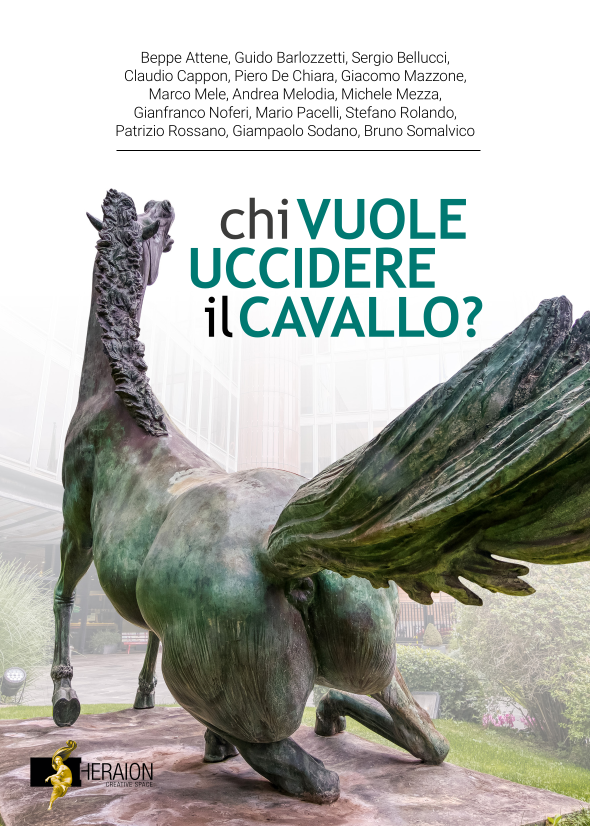
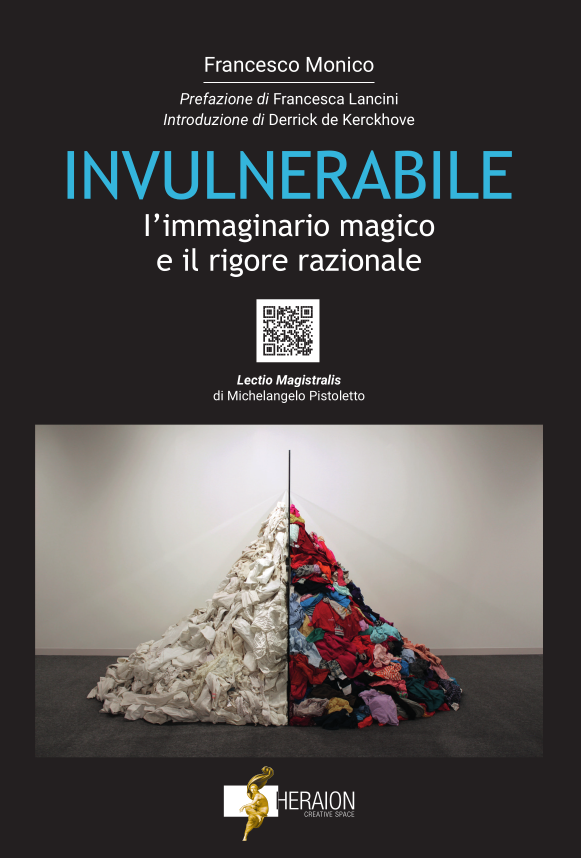
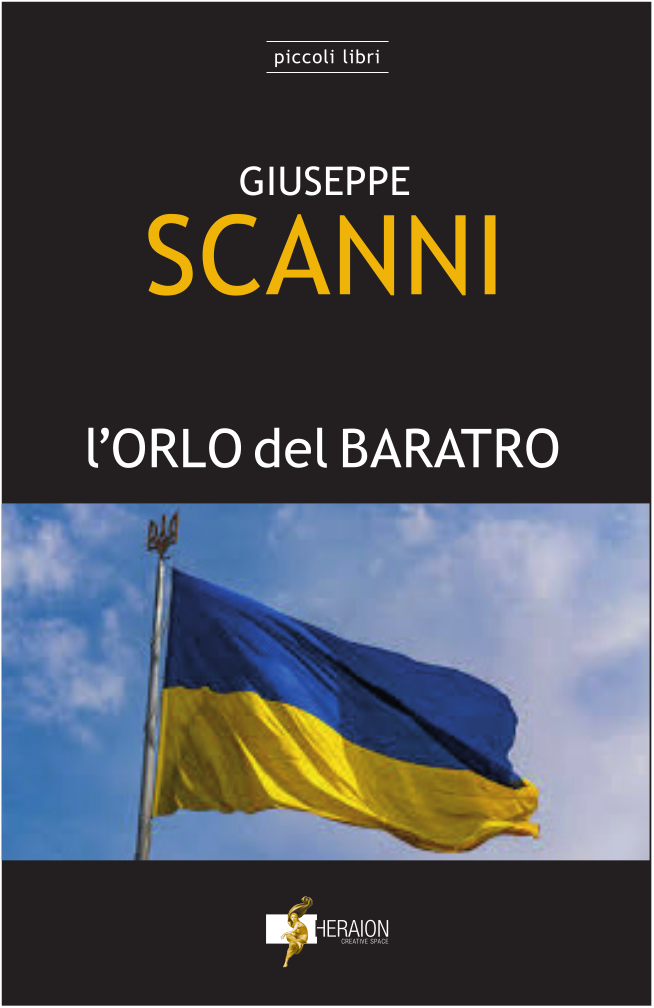
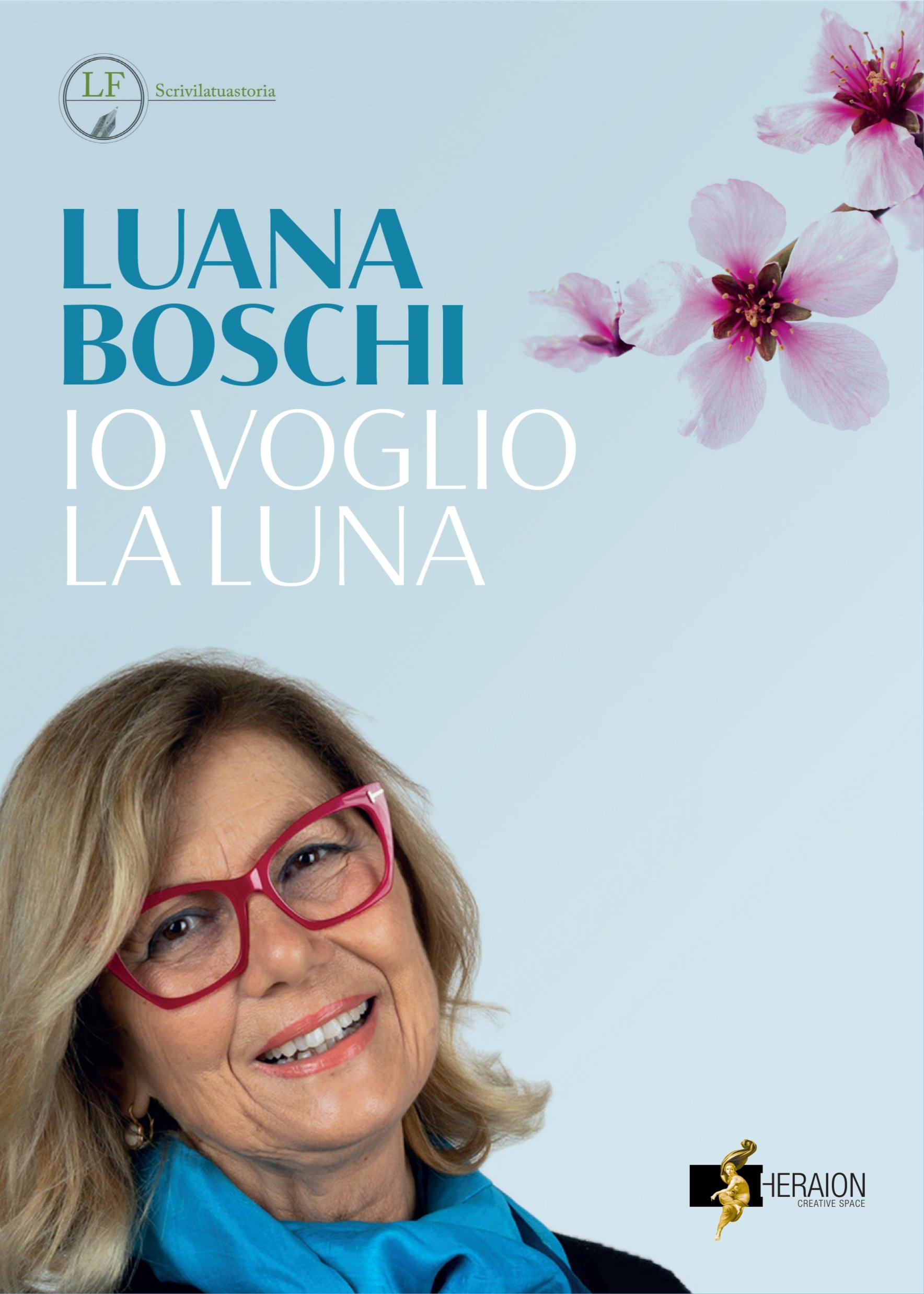

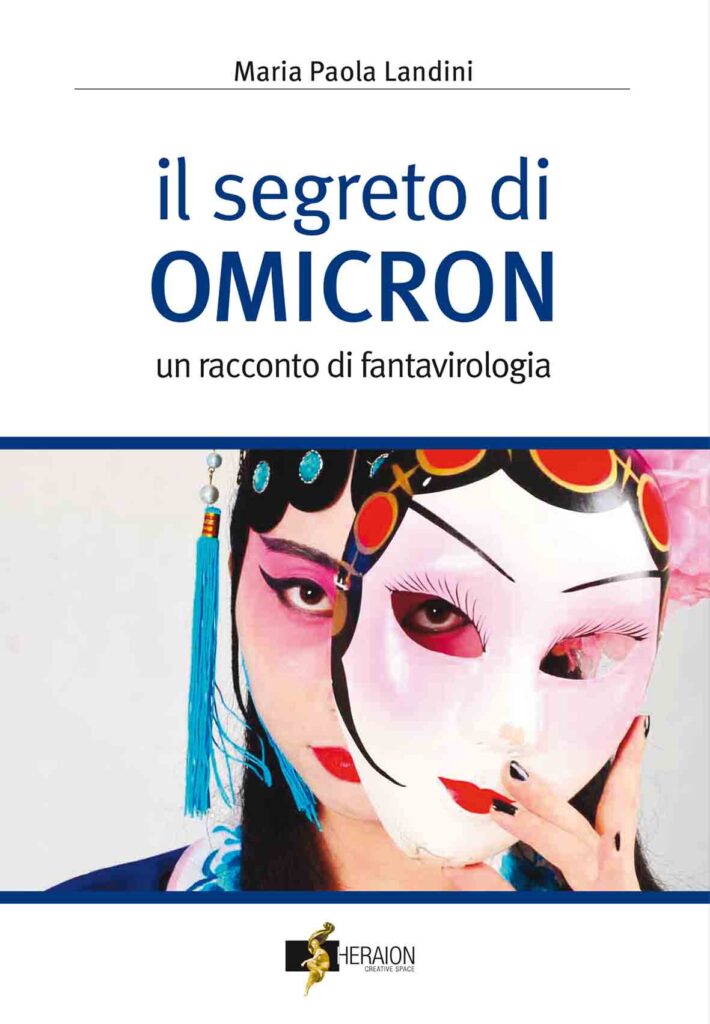



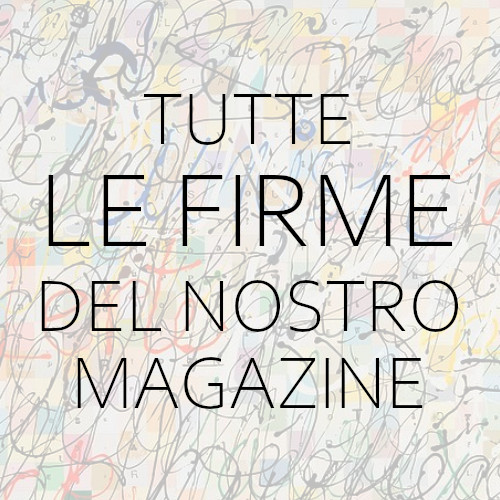
Commenti
2 risposte a “ORÓS”
Durante la mia visita all’installazione di “Orós” del compositore Louis Siciliano, sono stata rapita da un’esperienza sonora straordinaria. Questa opera non è solo una composizione raffinatissima e geniale, ma un viaggio emotivo che unisce il passato al presente.
“Orós” è una celebrazione della bellezza, capace di evocare emozioni profonde e universali. Un vero capolavoro che rimarrà impresso nella memoria dei Napoletani e dei tanti visitatori venuti da fuori come la sottoscritta. Anna Fortini.
I recently attended the installation of “Orós,” composed by Louis Siciliano, and I found this sound opera to be utterly brilliant. I believe that Louis Siciliano represents a continuation of a noble tradition of composers that spans from Gesualdo to Alessandro and Domenico Scarlatti, including figures such as Durante, Leo, Jommelli, Pergolesi, Porpora, Paisiello, Cimarosa, Rossini, and Bellini, leading all the way to Cilea and Martucci, right up to the present day.
Siciliano’s work not only honors this rich lineage but also innovatively pushes its boundaries, demonstrating a deep understanding of musical heritage while infusing it with contemporary relevance. His ability to weave complex soundscapes reflects the mastery of his predecessors and his unique voice in the modern music scene. “Orós” stands as a testament to the enduring legacy of Italian classical music, showcasing both tradition and innovation in a captivating experience.